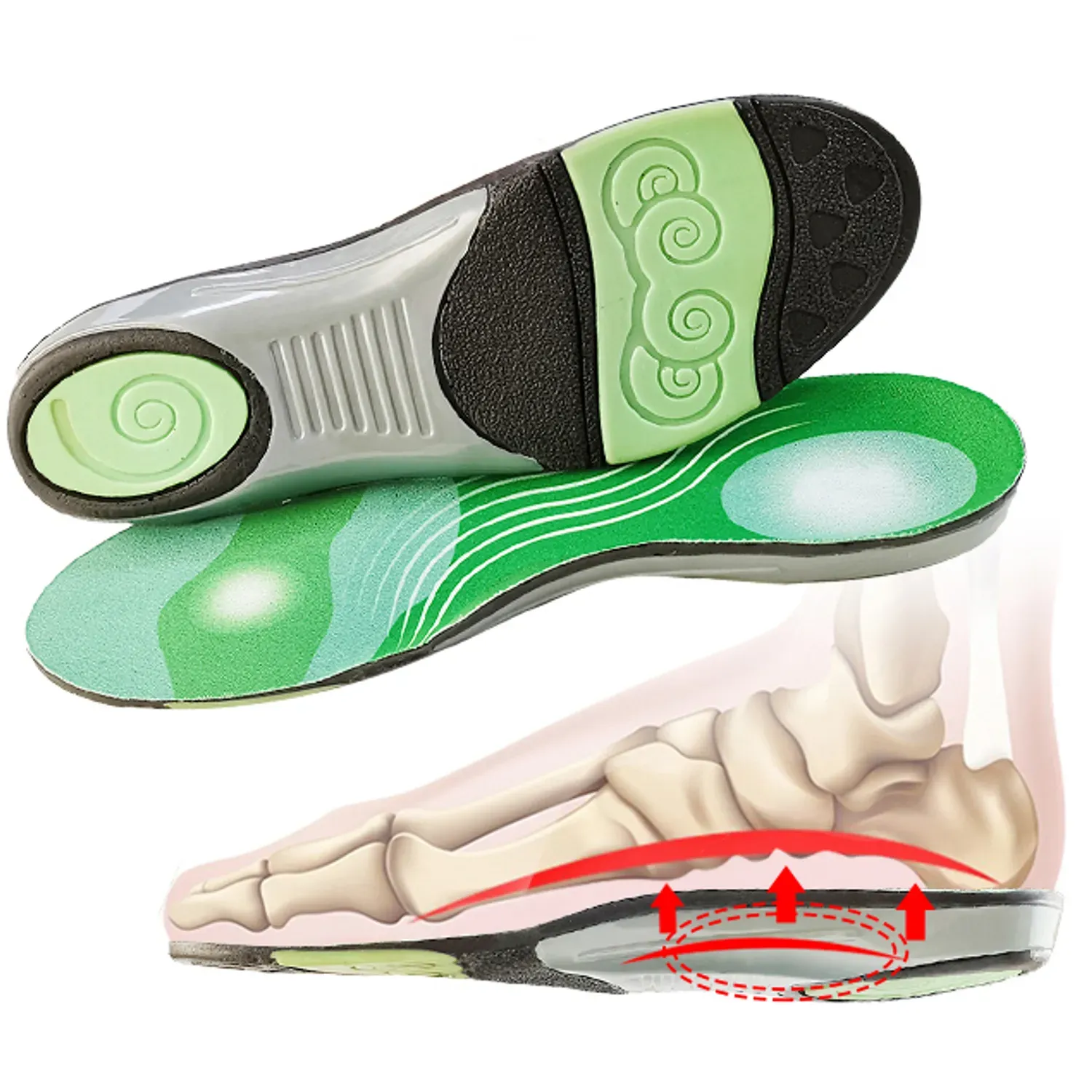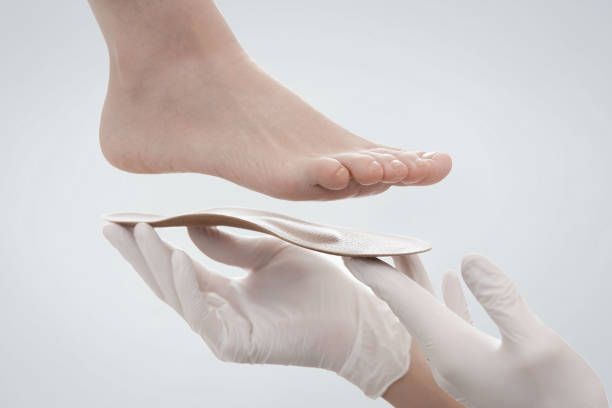john@lee-mat.com
+86-13510662576

GET QUOTE
How Long Should a Pair of Insoles Last?
Orthopedic insoles, commonly known as shoe inserts, have become a staple in both athletic and everyday footwear. They offer comfort, support, and relief from various foot ailments. However, a common question that arises is, "How long should a pair of insoles last?" This article will explore the lifespan of orthopedic insoles, the factors affecting their durability, and tips on how to extend their longevity.
Understanding Orthopedic Insoles
Orthopedic insoles are specially designed to provide additional support and cushioning to the feet. They help distribute body weight evenly, alleviate pain, and correct posture issues. Whether you suffer from plantar fasciitis, flat feet, or other foot conditions, these insoles can make a significant difference in your daily comfort and mobility.
Types of Orthopedic Insoles
There are several types of orthopedic insoles, each catering to different needs:
- Arch Support Insoles: These are designed to support the arch of the foot, ideal for those with flat feet or high arches.
- Cushioning Insoles: These provide extra padding and shock absorption, perfect for people who spend a lot of time on their feet.
- Custom Orthotics: These are tailored to the individual's foot shape and specific needs, often prescribed by a podiatrist.
- Heel Cups and Pads: These focus on providing additional cushioning and support to the heel area, beneficial for conditions like plantar fasciitis.
The Lifespan of Orthopedic Insoles
The lifespan of orthopedic insoles can vary greatly depending on several factors, including the quality of the materials used, the type of activities you engage in, and how often you wear them. On average, a good pair of insoles should last between 6 to 12 months. However, high-quality insoles made from durable materials can last up to a year or more with proper care.
Factors Influencing Insole Durability
- Material Quality: The quality of the materials used in making the insoles plays a crucial role in their longevity. Insoles made from high-density foam, gel, or EVA (ethylene vinyl acetate) tend to last longer than those made from cheaper materials.
- Usage Frequency: How often you wear your insoles significantly impacts their lifespan. Daily wear will naturally cause more wear and tear compared to occasional use.
- Activity Level: The type of activities you engage in while wearing the insoles also matters. High-impact activities like running or sports can wear out insoles faster than low-impact activities like walking or standing.
- Body Weight: Your body weight can affect the compression and wear of the insoles. Heavier individuals may find that their insoles wear out more quickly due to the increased pressure on the materials.
- Footwear Type: The type of shoes you use with your insoles can also influence their durability. Shoes with proper support and fit can help extend the life of your insoles.
Signs That It’s Time to Replace Your Insoles
Knowing when to replace your orthopedic insoles is crucial for maintaining foot health and comfort. Here are some signs to look out for:
- Visible Wear and Tear: If you notice cracks, holes, or significant wear on the surface of the insoles, it’s time for a replacement.
- Loss of Cushioning: Insoles are designed to provide cushioning and support. If you start feeling the ground more or notice a decrease in comfort, your insoles may have lost their cushioning ability.
- Persistent Foot Pain: If you experience recurring foot pain or discomfort that was previously alleviated by the insoles, it might indicate that they are no longer providing adequate support.
- Odor and Hygiene Issues: Over time, insoles can accumulate sweat and bacteria, leading to unpleasant odors. If your insoles start to smell despite regular cleaning, it’s a good idea to replace them.
- Flattening: If your insoles appear flattened or compressed, they have likely lost their effectiveness and need to be replaced.
How to Extend the Life of Your Insoles
While it’s inevitable that insoles will eventually need replacing, there are steps you can take to extend their lifespan:
- Rotate Your Insoles: If possible, have multiple pairs of insoles and rotate them regularly. This gives each pair time to decompress and recover.
- Choose the Right Shoes: Wearing shoes with proper support can reduce the stress on your insoles, helping them last longer.
- Regular Cleaning: Clean your insoles regularly to prevent the buildup of sweat and bacteria. Follow the manufacturer’s cleaning instructions to avoid damaging the materials.
- Air Them Out: After wearing your shoes, remove the insoles and allow them to air out. This helps to reduce moisture and extend their life.
- Avoid Excessive Heat: Keep your insoles away from direct heat sources like radiators or direct sunlight, as excessive heat can degrade the materials.
- Proper Storage: When not in use, store your insoles in a cool, dry place. Avoid bending or folding them to prevent damage.
Choosing the Right Orthopedic Insoles
Investing in high-quality orthopedic insoles is key to ensuring both comfort and longevity. Here are some tips for choosing the right pair:
- Identify Your Needs: Different insoles are designed for different purposes. Identify your specific needs—whether it’s arch support, heel cushioning, or overall comfort.
- Consult a Professional: If you have specific foot conditions, consider consulting a podiatrist who can recommend the best type of insoles for your needs.
- Read Reviews: Customer reviews can provide valuable insights into the durability and effectiveness of different insole brands and models.
- Try Them Out: Whenever possible, try the insoles before purchasing to ensure they fit comfortably in your shoes and provide the desired level of support.
Conclusion
Orthopedic insoles are an investment in your foot health and overall well-being. Understanding how long a pair of insoles should last and the factors that affect their durability can help you make informed decisions and get the most out of your insoles. By taking care of your insoles and knowing when to replace them, you can enjoy continuous comfort and support, whether you're walking, running, or simply going about your daily activities.
When considering which insoles to invest in, it’s crucial to choose a brand that is synonymous with quality and expertise. Lee-Mat is a leading name in the field of orthopedic and sports orthotics, specializing in the development and production of medical and athletic support devices, braces, and orthotics. Lee-Mat’s range of insoles caters to various needs, from daily wear to high-impact sports activities, making them an ideal choice for those seeking reliable and long-lasting foot support. With Lee-Mat, you can trust that your feet are in good hands, enjoying optimal support and comfort. Your feet will thank you for it. Happy walking!


